Learn how to make homemade brown sugar with this easy, cost-effective method. Discover the differences between raw and brown sugar, the benefits of making your own, and why homemade brown sugar tastes better. With my tips and insights, embrace a sustainable lifestyle.
You cannot imagine the astonishment I receive when I tell people I make brown sugar at home. Their reactions are always a mix of surprise and curiosity, followed by a desire to know more. But what often leaves people astonished is when I reveal the truth about how brown sugar is made in the United States.
I started making brown sugar at home because I got tired of getting rock-hard bags from the store or finding it dried out quickly in my containers. Store-bought brown sugar often leaves a dull taste in my baked goods, and as someone who values freshness and quality, this wouldn't do.
In our household, buying ingredients in bulk is a more cost-effective and sustainable approach. I purchase a 5-gallon jug of molasses for $13 and 50 pounds of granulated sugar for $45. We use granulated sugar for cooking and baking, and making brown sugar on demand ensures it's always fresh and perfectly textured.
The Difference Between Raw and Brown Sugar
Understanding the difference between raw sugar and brown sugar is essential. Raw sugar is a minimally processed sugar derived from the first crystallization of sugar cane juice. It retains a small amount of natural molasses, giving it a light brown color and a hint of caramel flavor. Examples of raw sugar include turbinado and demerara sugars.
Brown sugar, on the other hand, is typically made by adding molasses back into refined white sugar. This process can be adjusted to create light or dark brown sugar depending on the molasses content. Light brown sugar contains about 3.5% molasses, while dark brown sugar has about 6.5%. The added molasses gives brown sugar its distinct moist texture and rich flavor, making it a staple in many baking recipes.
What is Molasses?
Molasses is a byproduct of the sugar refining process. It’s a thick, dark syrup that remains after sugar crystals have been extracted from sugar cane or sugar beet juice. Different types of molasses, including light, dark, and blackstrap, vary in flavor and sweetness.
- Light Molasses is produced from the first boiling of the sugar syrup. It is the mildest and sweetest type, often used in baking.
- Dark Molasses, resulting from the second boiling, is less sweet and has a more robust flavor.
- Blackstrap Molasses: The result of the third boiling is the darkest and most bitter, but it also contains the highest nutritional value, rich in iron, calcium, and magnesium.
Depending on the desired flavor and color intensity, brown sugar is typically made with light or dark molasses.
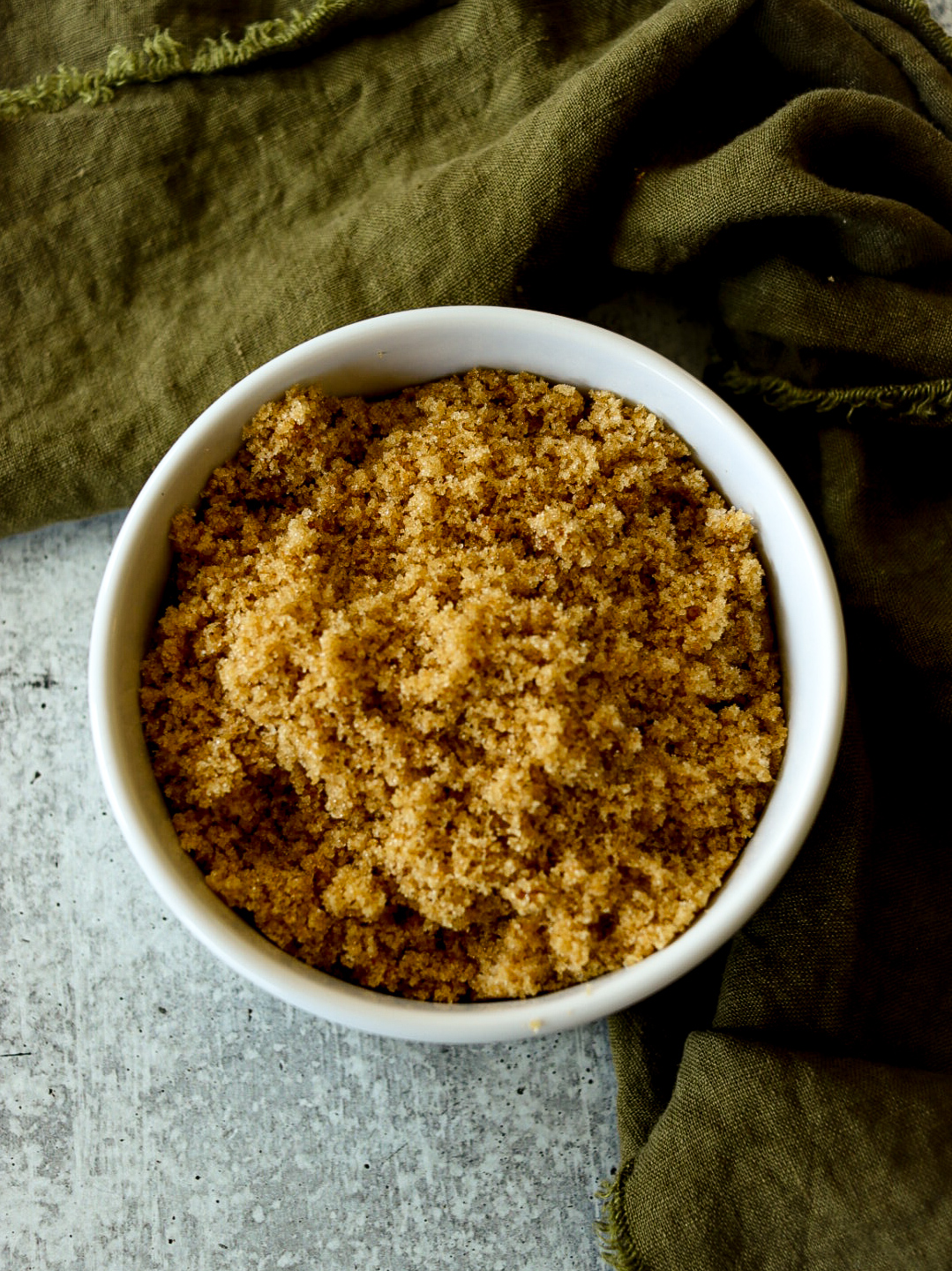
The Truth About How Brown Sugar is Made in the USA
In the United States, brown sugar is often made by adding molasses to refined white sugar. This method contrasts with other parts of the world, where brown sugar may be less processed and retain more natural molasses from the original sugar cane juice.
This industrial process in the USA involves highly refined white sugar, essentially stripped of all natural molasses during processing and reintroduced a specific amount of molasses to create brown sugar. This reintroduction process allows manufacturers to control the color and flavor, but it can also lead to a product lacking the flavor depth found in less processed sugars.
Moreover, this method can sometimes result in a product that dries out quickly and forms hard clumps, making it less desirable for home baking. This is one of the reasons why making brown sugar at home can be a more appealing option.
Why Should You Make Brown Sugar at Home?
Making brown sugar at home offers several benefits:
- Freshness: Homemade brown sugar is always fresh and moist, avoiding the hard, clumpy texture that can develop in store-bought versions.
- Flavor: Homemade brown sugar has a richer and more robust flavor, enhancing the taste of baked goods.
- Cost-Effective: Making your own brown sugar isn't just a delicious choice. It's a smart one. Buying sugar and molasses in bulk can be more economical, especially for large families or avid bakers. You can save money without sacrificing quality.
- Control: You can adjust the amount of molasses to create light or dark brown sugar according to your preference.
- Sustainability: Reducing the need for pre-packaged products and using bulk ingredients contributes to a more sustainable lifestyle.
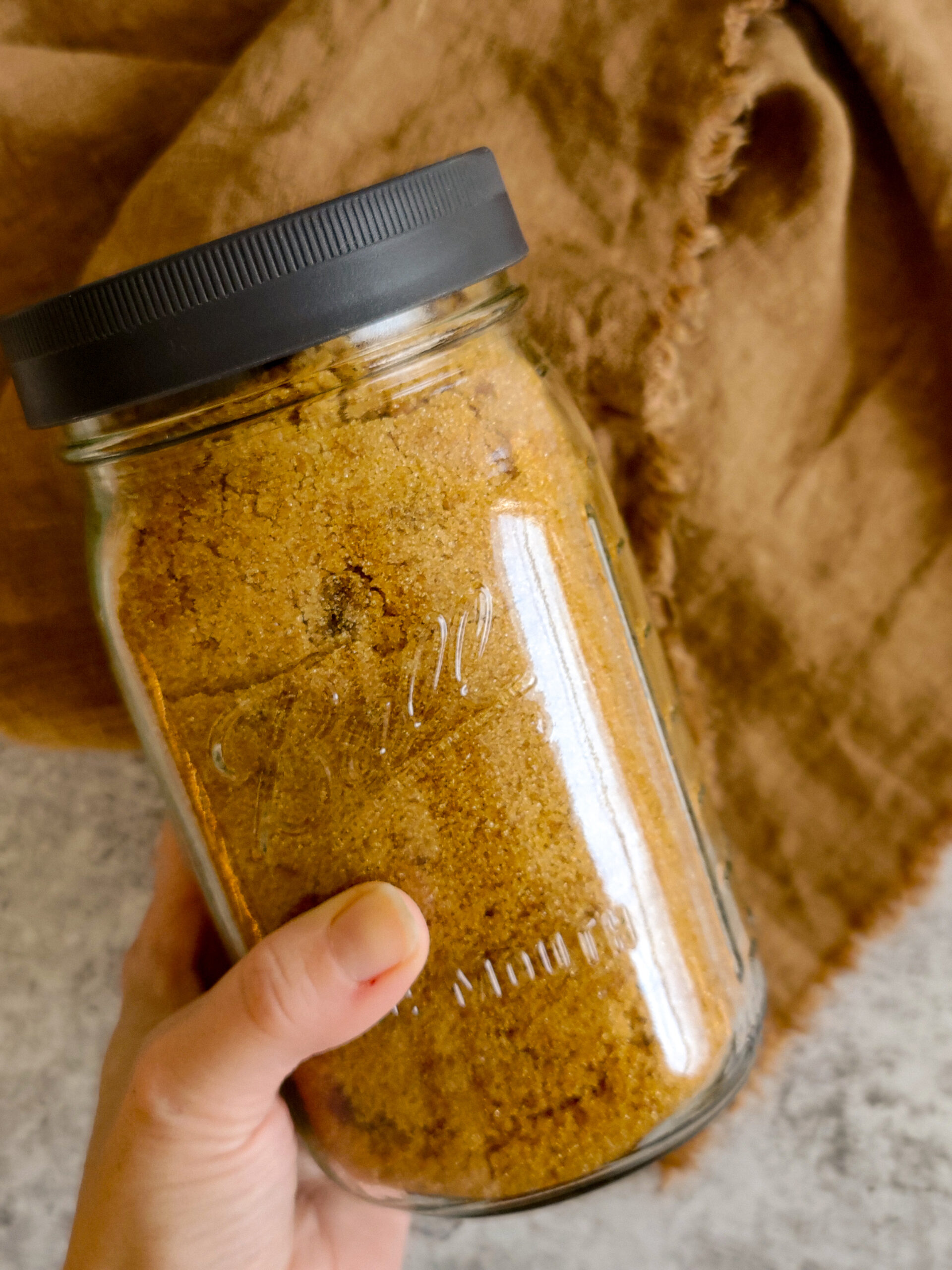
How Homemade Brown Sugar Tastes Better and Makes Your Baked Goods Delicious:
The superior taste and texture of homemade brown sugar can significantly impact your baking. Here’s why:
- Moisture: Homemade brown sugar retains moisture longer, resulting in softer, chewier baked goods.
- Depth of Flavor: The fresh molasses adds a richer, more complex flavor profile, enhancing everything from cookies and cakes to sauces and marinades.
- Consistency: By controlling the molasses content, you can achieve a consistent product that performs reliably in all your recipes.
Whether baking cookies, making barbecue sauce, or sweetening your oatmeal, the versatility, freshness, and quality of homemade brown sugar can inspire you to create dishes that reach new culinary heights.
The Benefits of Making Your Own:
By making your brown sugar, you can enjoy a fresher, more flavorful product that enhances your baking and cooking. Plus, it's a simple process that requires no special equipment—just a bowl, a mixing utensil, and a bit of time.
What's more, the cost savings are significant. By buying molasses and granulated sugar in bulk, you can produce high-quality brown sugar at a fraction of the price of store-bought versions. This approach saves money and aligns with sustainable living practices by reducing packaging waste and reliance on commercially processed foods. It's a win-win for your wallet and the environment.
Incorporating Brown Sugar into Your Recipes:
Once you've made your brown sugar, you can use it in a variety of recipes:
- Baking: Use cookies, cakes, muffins, and bread for a richer flavor and softer texture.
- Cooking: Add it to barbecue sauces, marinades, and glazes for sweetness and depth.
- Breakfast: Sprinkle it over oatmeal, yogurt, or pancakes for a delightful morning treat.
- Desserts: Use it in puddings, cobblers, and fruit crisps for enhanced flavor.
Making brown sugar at home is a rewarding and practical skill that can improve the quality of your baked goods and help you live more sustainably. By understanding the importance of each ingredient and the process involved, you can create a superior product and an innovative and resourceful choice for your budget.
For more detailed instructions and my favorite family pantry staple recipes, including homemade brown sugar, check out my "Back to Basics" ebook. Embrace the joy of homemade, and discover how simple and satisfying it is to make your brown sugar.

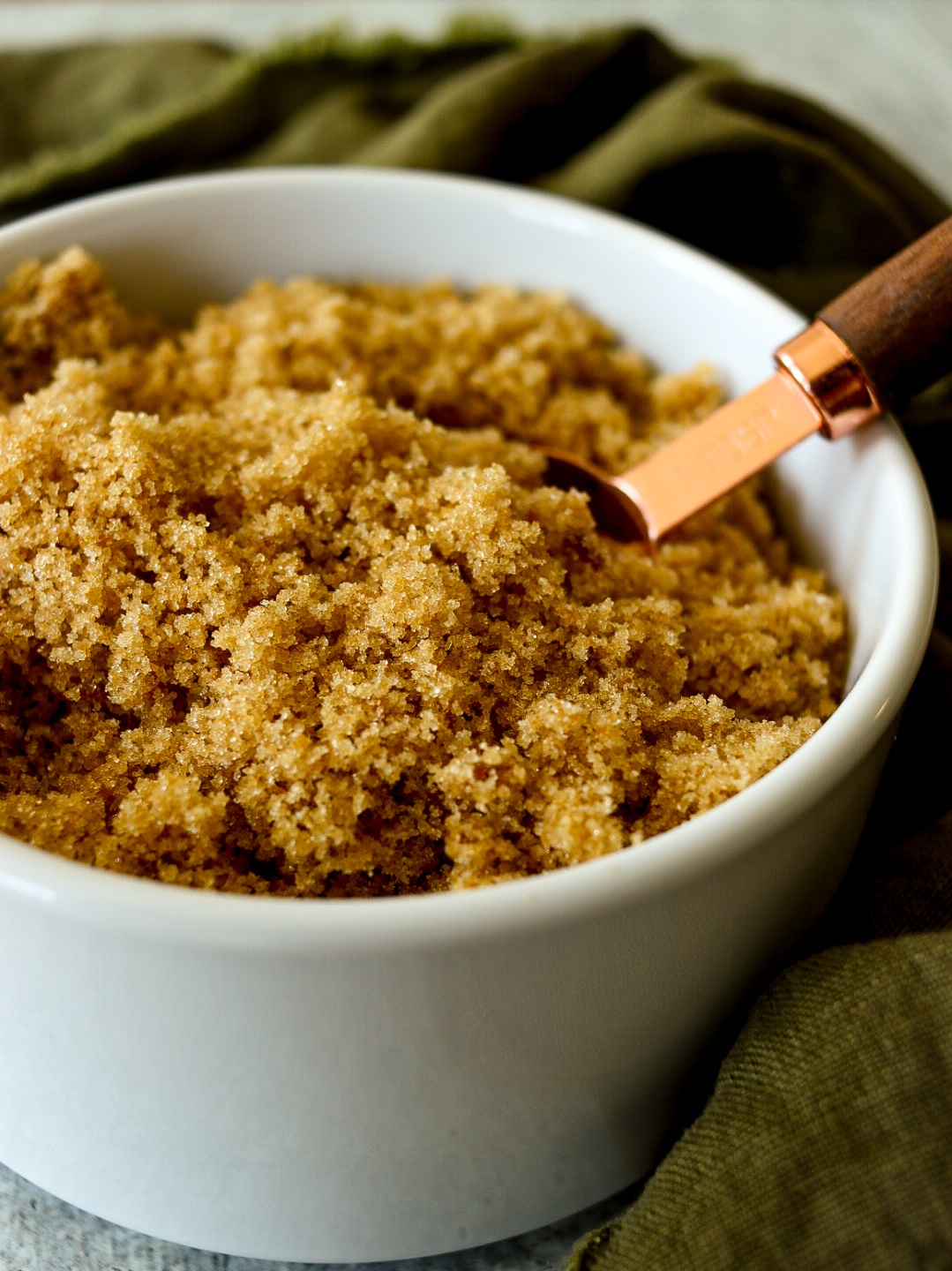
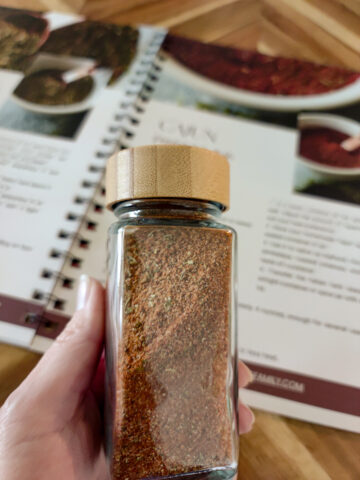
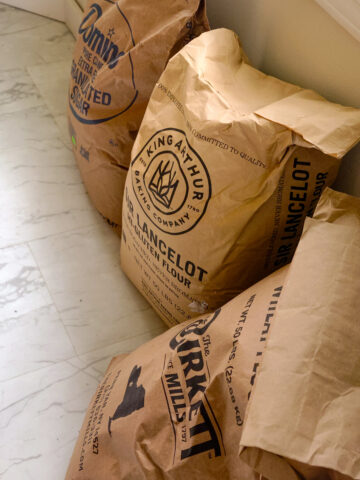
Jill Perkins says
Can’t wait!